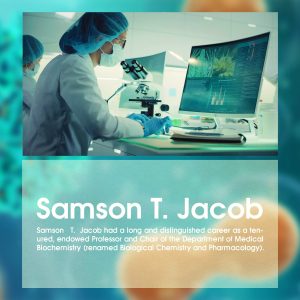Where Does Transcriptional Regulation Occur?


Transcriptional regulation is a complex process that determines the response of a cell or an organism to a variety of intra- and extra-cellular signals. It is also critical for defining and maintaining cell identity during development, coordinating cellular activity, and controlling many aspects of cellular function.
During transcription, proteins called general transcription factors and RNA polymerase bind to DNA sequences to initiate gene expression. They then release the polymerase to transcribe a protein-coding sequence or gene. Transcription is controlled by additional DNA sequences, called transcriptional regulation elements.
Prokaryotes
Prokaryotes are microscopic organisms that lack a nucleus and membrane-bound organelles (like mitochondria and chloroplasts), and that have genetic material stored in the cell’s cytoplasm. These cells are commonly referred to as bacteria and archaea.
Although prokaryotes share many common features, they differ from eukaryotes in important ways transcriptional regulation. For instance, prokaryotes lack ribosomes; whereas eukaryotic cells have ribosomes that produce proteins.
Furthermore, prokaryotes have a much more primitive cytoskeleton than eukaryotes. They also lack a flagellum, which is present in eukaryotic cells.
In addition, prokaryotes can undergo horizontal gene transfer; this is a type of gene exchange that occurs when one bacterium or archaeal cell transfers genetic information to another.
Eukaryotes
Eukaryotes are a large and diverse group of organisms that have a nucleus surrounded by a nuclear envelope with nuclear pores. They also have a variety of membrane-bound organelles such as the endoplasmic reticulum, Golgi apparatus, and chloroplasts and transcriptional regulation.
Eukaryotic cells are very different from prokaryotic cells in their structure. They are larger transcriptional regulation and have a greater number of membrane-bound organelles.
They also have a cytoskeleton, which is composed of actin microfilaments and microtubules. These structures help maintain the shape of the cell and resist tension.
The cytoskeleton also helps transport molecules and other materials throughout the cell. It contains several dyneins, motor proteins that are involved in cellular movement.
Cytoplasmic dyneins move organelles around the cell and are responsible for transporting vesicles and chromosomes. Axonemal dyneins are motor proteins that move microtubules in the axonemes of flagella and cilia.
Co-regulated genes
This allows cells to respond to different stimuli by expressing a different combination of genes. Eukaryotes, on the other hand, have a more complex set of gene transcriptional regulation mechanisms that include both positive and negative elements. These include upstream transcriptional regulation regions that bind several transcription factors, including activators and repressors.
Some of these transcriptional regulation elements are relatively close to the promoter, while others work thousands of base pairs away. The lac operon in Escherichia coli is a good example of this. It has a series of binding sites for different cytoplasmic protein repressors, which inhibit the CAP+cAMP bind to the promoter and suppress high-level transcription.
Post-transcriptional regulation
A key feature of transcriptional regulation is combinatorial control. In eukaryotes, the process of transcription involves three main post-transcriptional modifications that occur in the nucleus: addition of a 5′ GTP cap, splicing to remove introns, and 3′ end cleavage/polyadenylation.
These post-transcriptional steps are essential for cell function, but mutations that impair any of these steps can cause tissue-specific human disease. Here, a schematic depicts these steps (left) and the tissues that are affected when genes encoding components of this pathway are mutated in disease.
Bacteria have many RNA-binding proteins that influence gene expression at the post-transcriptional level, including CsrA and Hfq. These proteins have similar working mechanisms and can influence mRNA and sRNA stability as well as translation efficiency. They are also involved in regulating inflammatory response mRNAs.
